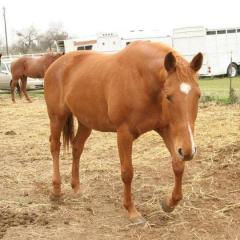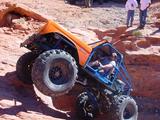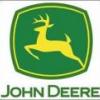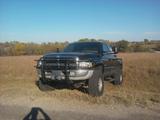#p1693
-
code 1693?
- p0216
- p0234
- p1693
- turbo wastegate
-
+1 more
Tagged with:
- 15 comments
- 7,763 views
-
p1693 + P0500...
- 11 comments
- 15,461 views
-
P0123, P1693, p0216 codes and no overdrive
-
P1693 to pdone to coughing and puff of black smoke then white when warm...
-
another code question
- code reader
- error code
- key trick
- obd ii
-
+1 more
Tagged with:
- 14 comments
- 2,671 views
-
Error Codes (OBD II)
- code reader
- error code
- key trick
- obd
-
+1 more
Tagged with:
- 1 comment
- 4,062 views
-
P1693 Code by Itself!!!!
- 6 comments
- 3,259 views
-
P1693 codes (SOLO)
- 2 comments
- 4,374 views







